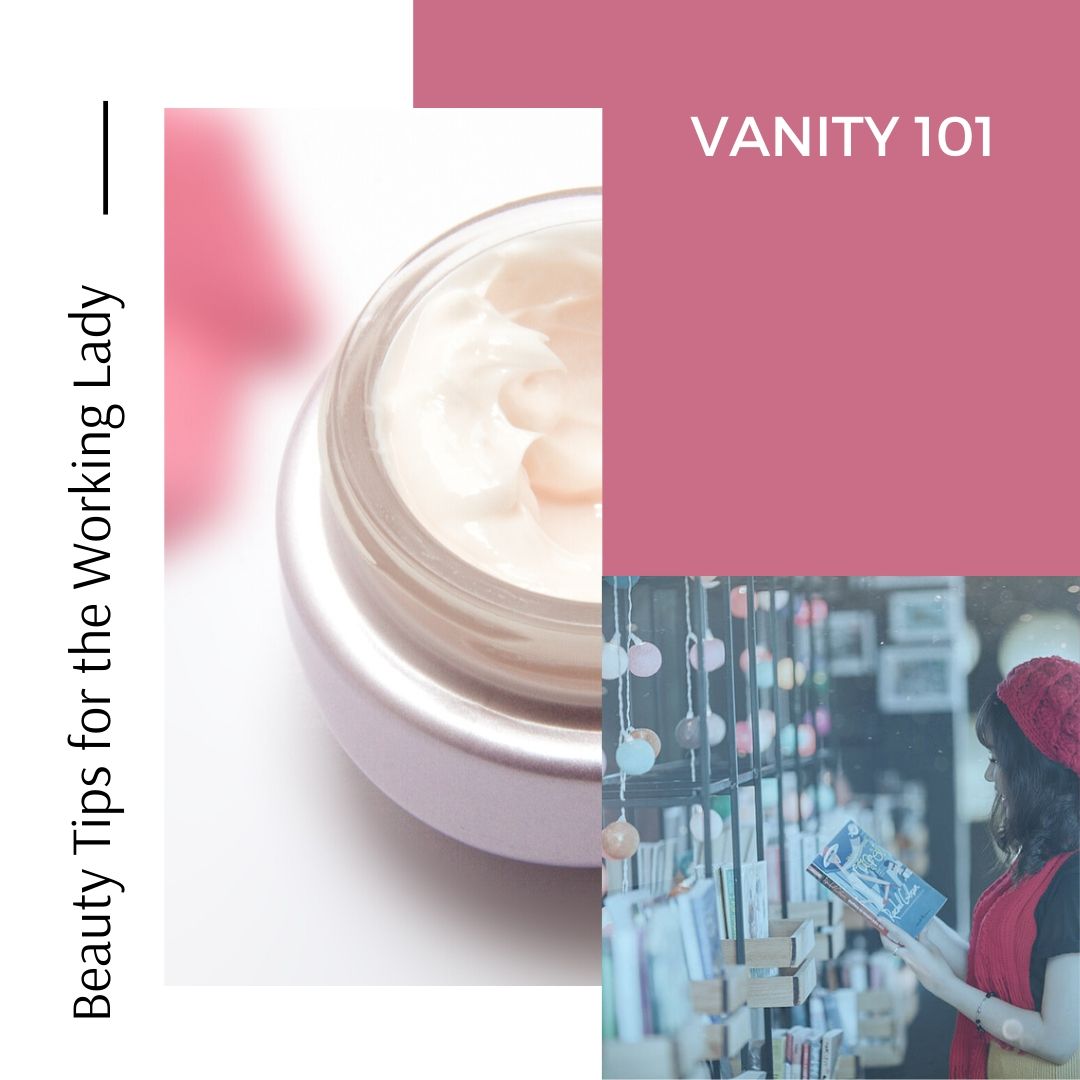
Aging is a natural and beautiful part of life, but that doesn’t mean we have to let go of glowing, radiant skin. As we age, our skin undergoes various changes due to factors like hormonal shifts, reduced collagen production, and environmental exposure. For women in their 40s and beyond, taking a proactive approach to skincare can help slow the signs of aging and maintain a healthy, youthful glow. This guide will walk you through the ultimate anti-aging skincare routine, offering expert tips and insights to keep your skin looking its best at every stage of life.
Table of Contents
1. Understanding the Changes in Your Skin After 40
In your 40s, your skin’s natural processes begin to slow down. Collagen production decreases, leading to a loss of elasticity and firmness. Skin may also become drier and more prone to wrinkles as oil production diminishes. The cumulative effects of sun exposure, stress, and pollution can also lead to hyperpigmentation, fine lines, and a dull complexion. Understanding these changes is the first step in crafting a skincare routine that caters to the specific needs of aging skin.

Key Concerns for Skin Over 40:
- Loss of firmness and elasticity
- Increased dryness
- Fine lines and wrinkles
- Hyperpigmentation and age spots
- Dullness and uneven skin tone

2. The Essential Anti-Aging Skincare Routine
A well-rounded skincare routine is crucial for combating the visible signs of aging. Below is an anti-aging regimen specifically tailored for mature skin:
Step 1: Gentle Cleansing
Cleansing is the foundation of any skincare routine, but as you age, it’s important to choose a cleanser that won’t strip your skin of essential moisture. Opt for a gentle, hydrating cleanser that removes impurities without disrupting your skin’s natural barrier.
- Best Tip: Use a cream or oil-based cleanser to maintain hydration. Look for ingredients like glycerin and hyaluronic acid, which help lock in moisture.
Step 2: Exfoliation for Cell Renewal
Exfoliation is key to promoting cell turnover, which naturally slows down as we age. By removing dead skin cells, you can reveal fresher, brighter skin underneath. However, harsh exfoliants can irritate mature skin, so choose gentle chemical exfoliants like alpha hydroxy acids (AHAs) or beta hydroxy acids (BHAs).
- Best Tip: Incorporate exfoliation 2-3 times a week. AHAs like glycolic or lactic acid can help smooth fine lines and brighten dull skin, while BHAs like salicylic acid can unclog pores.
Step 3: Targeted Treatments with Serums
Serums are potent products that deliver concentrated ingredients directly into the skin. For anti-aging, look for serums with ingredients that boost collagen production, even out skin tone, and reduce fine lines.
- Key Ingredients to Look For:
- Retinol: A form of Vitamin A that accelerates cell turnover and boosts collagen, making it a gold standard in anti-aging.
- Vitamin C: A powerful antioxidant that brightens skin, reduces hyperpigmentation, and fights free radical damage.
- Peptides: These short chains of amino acids help stimulate collagen production, improving skin’s firmness and elasticity.
- Best Tip: Apply your serum after cleansing and exfoliating, and allow it to fully absorb before moving on to the next step in your routine.
Step 4: Moisturizing for Hydration and Protection
Hydration is crucial for mature skin, which tends to lose moisture more easily. A rich, nourishing moisturizer helps lock in hydration, strengthens the skin barrier, and prevents water loss. Look for moisturizers with ingredients like hyaluronic acid, ceramides, and squalane to plump the skin and enhance moisture retention.
- Best Tip: Layer your moisturizer over your serum to seal in the active ingredients and boost hydration. If your skin feels particularly dry, consider using a facial oil or a hydrating overnight mask a few times a week.
Step 5: Sun Protection – The Non-Negotiable Step
If there’s one thing that can dramatically slow down the signs of aging, it’s daily sun protection. UV exposure is one of the primary causes of premature aging, leading to wrinkles, age spots, and sagging skin. Wearing a broad-spectrum sunscreen with an SPF of at least 30 every day—rain or shine—is essential for preserving youthful skin.
- Best Tip: Look for sunscreens that also contain antioxidants, which can offer additional protection against environmental damage. Don’t forget to reapply sunscreen throughout the day, especially if you’re spending time outdoors.
Step 6: Nighttime Renewal
At night, your skin goes into repair mode, making it the perfect time to use treatments that nourish and restore. Consider incorporating a retinol product into your nighttime routine, as retinol works best when the skin is not exposed to sunlight. Additionally, apply a richer night cream to support your skin’s regeneration process while you sleep.
- Best Tip: Use a silk pillowcase to minimize friction on the skin and reduce the appearance of sleep lines. This can also help your skin retain moisture overnight.
3. Additional Tips for Glowing Skin After 40
Beyond your daily skincare routine, a few additional habits can help you achieve and maintain glowing skin in your 40s and beyond.
Stay Hydrated
Proper hydration is essential for plump, glowing skin. Drinking plenty of water helps keep your skin hydrated from the inside out. Aim for at least 8 glasses of water a day, and consider incorporating hydrating foods like cucumbers, watermelon, and leafy greens into your diet.
Eat a Nutrient-Rich Diet
Your diet plays a significant role in the health of your skin. Focus on consuming a balanced diet rich in antioxidants, vitamins, and omega-3 fatty acids. Foods like berries, nuts, fatty fish, and green vegetables can help support skin health by reducing inflammation and promoting collagen production.

Get Quality Sleep
Sleep is when your skin repairs and regenerates, so getting enough rest is crucial for maintaining a youthful complexion. Aim for 7-9 hours of quality sleep per night. Consider establishing a relaxing nighttime routine, such as reading, meditating, or using a calming essential oil diffuser, to help you unwind.
Manage Stress
Chronic stress can take a toll on your skin, leading to premature aging, breakouts, and dullness. Incorporating stress-reducing practices like yoga, meditation, or deep breathing exercises into your routine can have a positive impact on your skin’s appearance.
Exercise Regularly
Regular exercise promotes healthy circulation, which delivers more oxygen and nutrients to your skin. It also helps manage stress and supports overall health, both of which contribute to a radiant complexion. Aim for a mix of cardio, strength training, and flexibility exercises each week.
4. Professional Treatments for an Extra Boost
In addition to your at-home skincare routine, there are several professional treatments that can help boost your skin’s radiance and reduce the signs of aging.
Chemical Peels
Chemical peels can improve skin texture, reduce fine lines, and promote an even skin tone by exfoliating the top layers of skin. They range in intensity, so consult with a dermatologist to find the right peel for your skin type and concerns.
Microneedling
Microneedling involves using tiny needles to create micro-injuries in the skin, stimulating collagen production. This treatment can improve skin texture, reduce wrinkles, and even out skin tone with minimal downtime.
Laser Therapy
Laser treatments can address a variety of aging concerns, from reducing pigmentation to tightening the skin. Consult with a dermatologist to determine the best type of laser treatment for your skin’s needs.
Thoughts
Aging gracefully doesn’t mean giving up on glowing, youthful skin. With the right skincare routine, healthy lifestyle habits, and occasional professional treatments, you can keep your skin looking radiant at 40 and beyond. By focusing on hydration, sun protection, and targeted anti-aging ingredients, you’ll give your skin the care it needs to thrive in every stage of life. Remember, consistency is key, so stick with your routine and enjoy the journey to glowing, healthy skin!






Leave a Reply